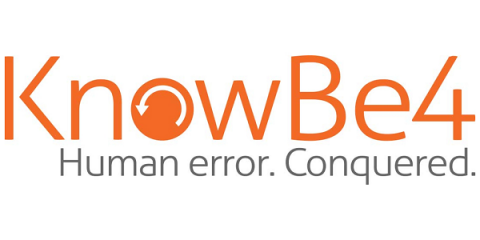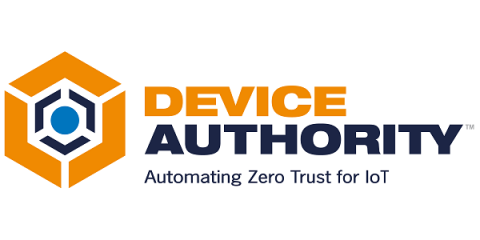New Emotet Phishing Campaign Pretends to be the IRS Delivering W-9 Forms
A newly documented phishing campaign demonstrates how timely themes can be impactful in creating a successful attack that gets the recipient to engage with malicious content. As we approach this year’s deadline for filing taxes in the U.S. for 2022, security researchers from Malwarebytes have provided details of an IRS-themed phishing email received by their very own Senior Director of Threat Intelligence.










